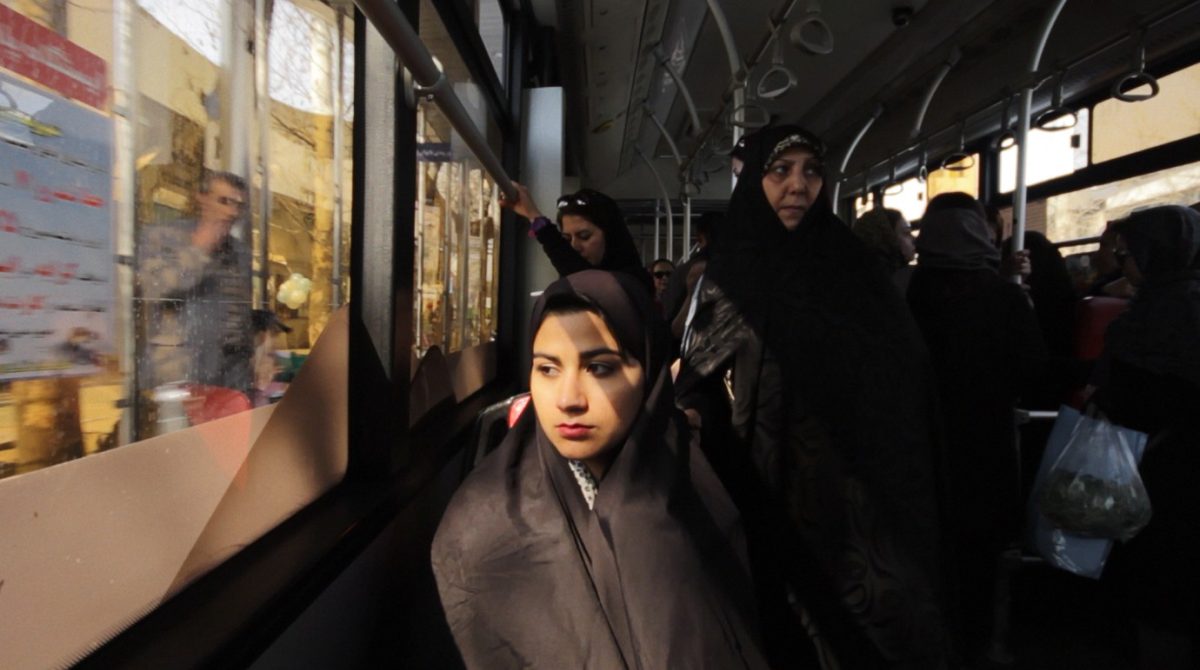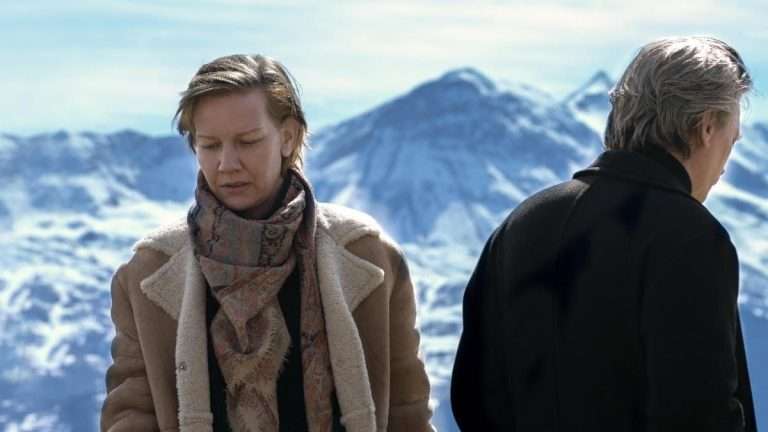When Jafar Panahi was awarded the Palme d’Or at the 2025 Cannes Film Festival, it felt less like a career milestone and more like a collective sigh of justice served. For over a decade, Panahi has been making films under a state-imposed ban, facing imprisonment, surveillance, and the systematic stripping of his freedoms. Yet his cinema never ceased. With works smuggled out of Iran, made in secret or in confined spaces, Panahi turned censorship into his canvas, crafting films that spoke in whispers and still managed to shake the world.
Amid this legacy of cinematic resistance, Sreemoyee Singh’s “And, Towards Happy Alleys” (2023) stands as one of the most poignant tributes ever made to Panahi’s life and art. What begins as a doctoral research trip from Kolkata to Tehran evolves into a journey of solidarity across boundaries, both cultural and ideological. The film, which premiered at the 2024 Berlin International Film Festival, is a homage to the legendary Iranian filmmaker Jafar Panahi and equally, a celebration of the everyday courage shown by women living under one of the world’s most repressive regimes. It is also the personal story of an Indian woman filmmaker discovering the universal language of dissent.
A former academic pursuing her PhD on Iranian cinema, Singh arrived in Tehran not just with research questions but with a deep emotional connection to the works of Abbas Kiarostami, Mohsen Makhmalbaf, and particularly Jafar Panahi. What started as a scholarly pursuit gradually transformed into an immersive documentary over the course of nearly ten years. What unfolds on screen is neither a conventional biographical portrait nor an impersonal anthropological account. Instead, “And, Towards Happy Alleys” becomes a poetic mosaic, filmed in snatches and whispers, through alleys, courtyards, car rides, and clandestine conversations.
Jafar Panahi, whose name has become synonymous with artistic resistance in Iranian cinema, looms large over the film. When Singh first meets him, he is already living under a filmmaking and travel ban imposed by the Iranian authorities. Yet, as he has done throughout his career, Panahi continues to express himself, finding creative ways to subvert surveillance, bypass censorship, and reimagine the possibilities of cinematic space. Singh’s camera, too, adopts this ethos of quiet defiance. She films discreetly, often with minimal equipment, capturing the textures of daily life that authoritarian regimes seek to erase—laughter, longing, love, and language.
Singh visits Panahi at his home. Here is one of the world’s most restricted filmmakers welcoming a young woman from Kolkata into his personal space, sharing with her not only his thoughts on cinema but also his memories, his regrets, and his resilience. These interactions are filmed with remarkable intimacy and lightness. Singh captures Panahi’s humanity, his wry sense of humour, his contemplative silences, and his affection for poetry.
There is a palpable sense of reverence in the way Singh frames Panahi, but the film never slips into hagiography. Instead, it presents a human portrait of a man who smiles through fear, who embraces poetry, and who jokes about the absurdity of his circumstances even while understanding the seriousness of his situation. It is, perhaps, the most powerful tribute one artist can offer another.
Panahi’s strength as a filmmaker lies not just in his resistance but in his restraint. In films like “The Circle,” “Offside,” “This Is Not a Film,” “Taxi,” and “No Bears,” he peels away the layers of Iranian society not with dramatic pronouncements but with quiet, deliberate stillness. His female characters often traverse labyrinths of institutional control, searching for agency in spaces designed to deny them that freedom. Singh responds to this aesthetic with one of her own. Her film does not merely document Panahi’s work; it echoes it. It pays homage not only to what he says, but also to the subtle, poetic way in which he says it.
Read: And, Towards Happy Alleys (2023) ‘Sheffield DocFest’ Review
Singh’s inclusion of Persian poetry—verses by Forugh Farrokhzad, Ahmad Shamlou, and Rumi—adds depth to the narrative. These verses are not ornamental; they resonate with Panahi’s own poetic impulses. His cinema often functions as a metaphor. A locked door, a phone call that goes unanswered, a character vanishing into a narrow alley—each moment carries weight. Panahi’s imprisonment in 2022, following his protest against the arrests of fellow filmmakers Mohammad Rasoulof and Mostafa Al-Ahmad, sent shockwaves through the international film community. That Singh’s film was already in progress when these events occurred makes it all the more timely and urgent.
The title “And, Towards Happy Alleys,” borrowed from a line of Persian poetry, also feels like a response to Panahi’s cinematic vocabulary. His films rarely end with a resolution. More often, they conclude with unanswered questions, closing doors, or characters driving into an unknown distance. Singh, by naming her film thus, evokes not only movement but a fragile optimism, a gesture toward hope in the face of repression.
The lyrical quality of the title mirrors Panahi’s own storytelling techniques. In “The Circle,” released in 2000 and banned in Iran, he captured the suffocating constraints on women with a narrative structure that literally comes full circle. In “Offside,” he used a football stadium to challenge gender-based segregation. With “Taxi,” he transformed a vehicle into a moving confessional, turning Tehran’s streets into a stage for lives under scrutiny. Singh mirrors these narrative choices by grounding her documentary in motion, dialogue, and silence.
Panahi’s 2022 masterpiece “No Bears” further blurred the boundaries between documentary and fiction. It explored the consequences of simply bearing witness, something Singh’s film also embodies. The fact that “No Bears” premiered at Venice shortly before Panahi’s arrest only underscores how closely life and art remain intertwined in his career.
The 2025 Palme d’Or, awarded for his latest work, marked a historic moment in contemporary cinema. The award was accepted in his absence, with his son Panah Panahi delivering an emotional speech that celebrated not just a filmmaker but a legacy of resistance. The standing ovation that followed served as a global acknowledgement of Panahi’s enduring influence and moral courage. In many ways, “And, Towards Happy Alleys” feels like a bridge between cultures and generations, between Kolkata and Tehran, between scholarship and storytelling, between Panahi’s solitary defiance and a shared artistic solidarity.







